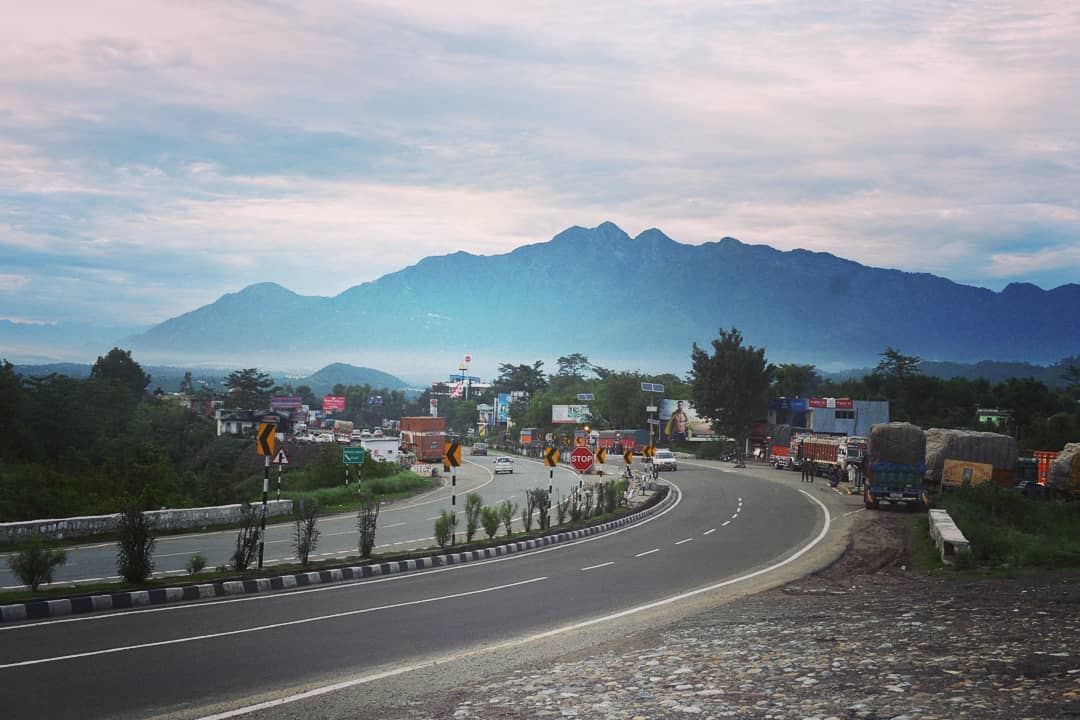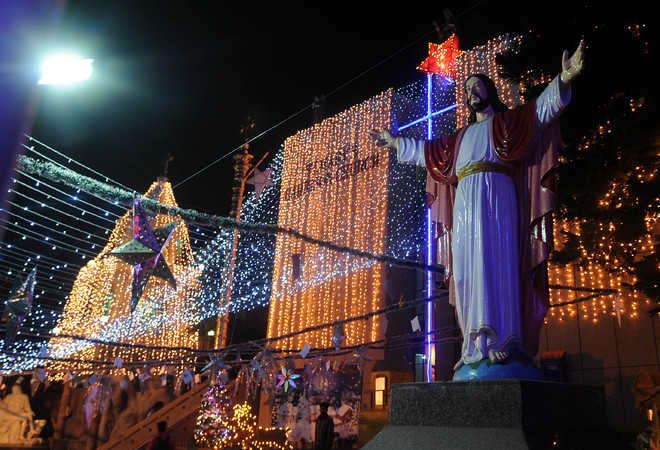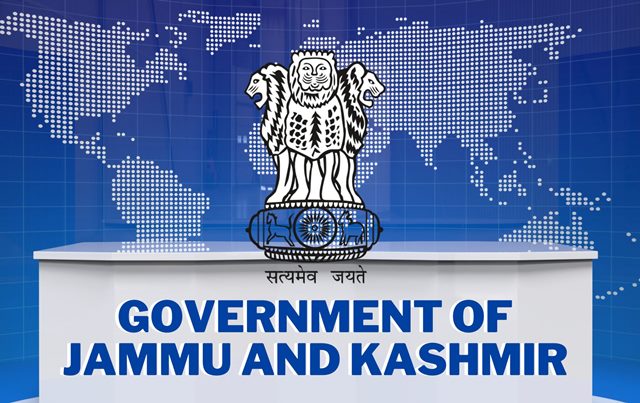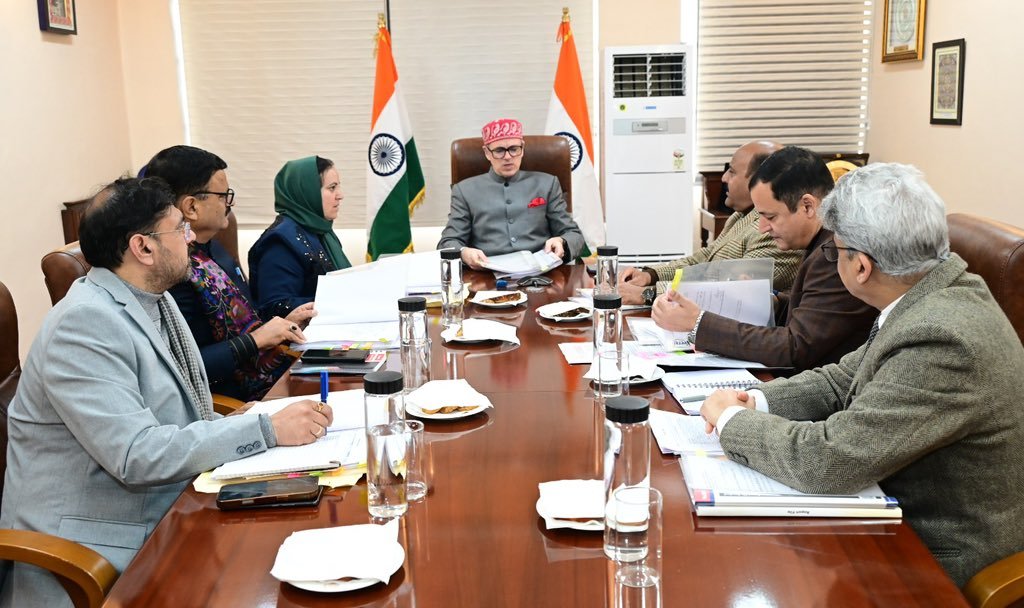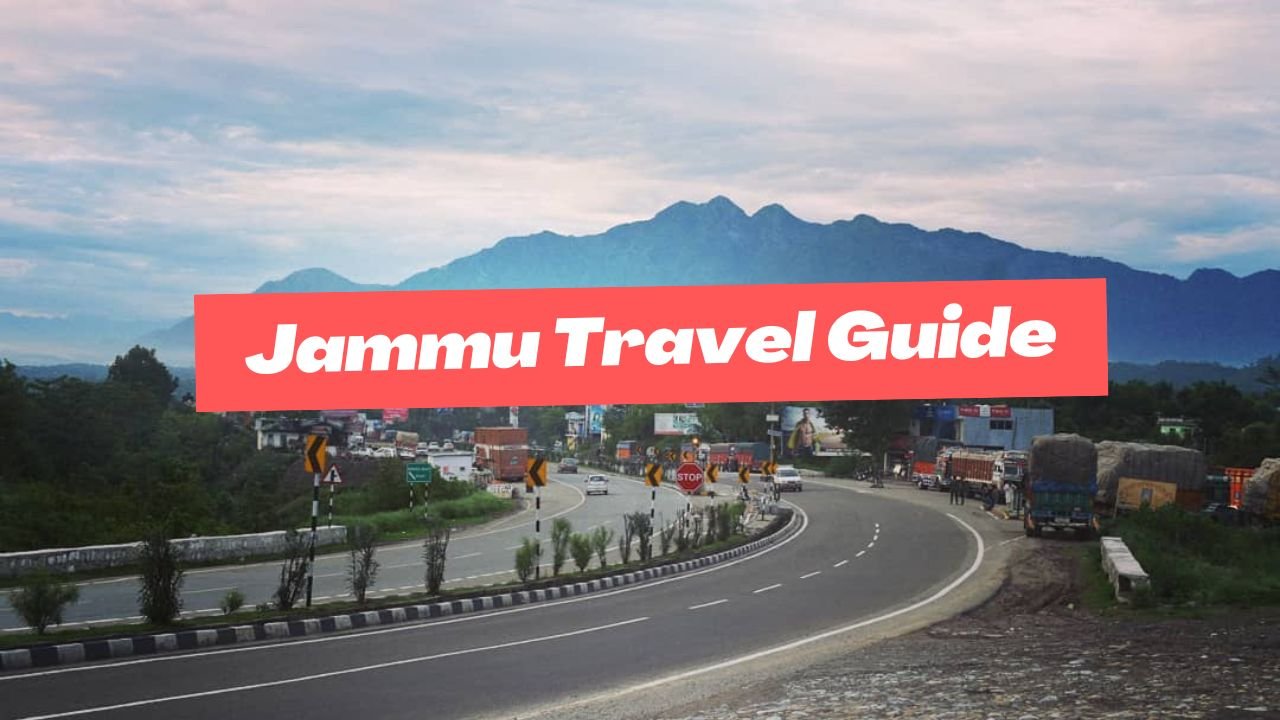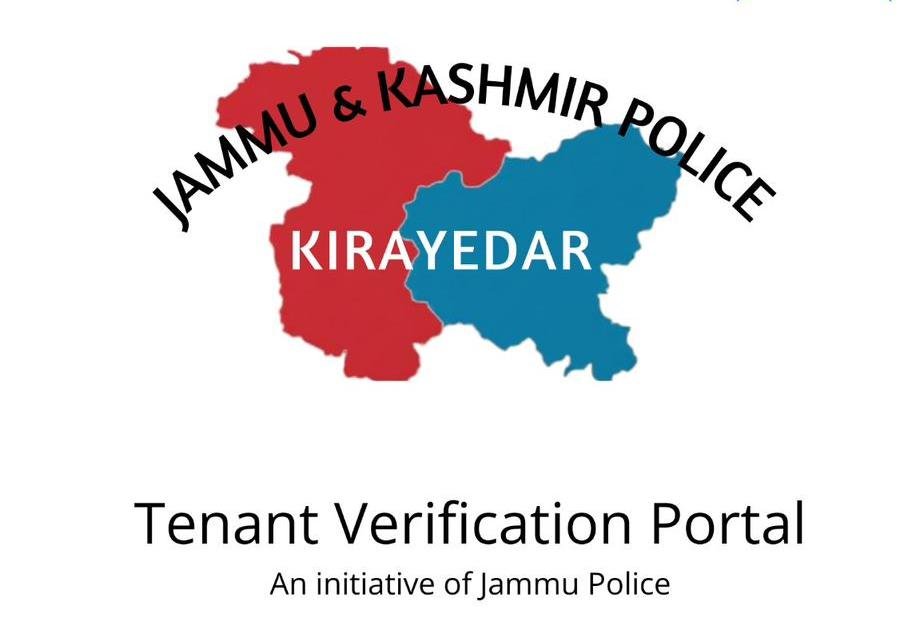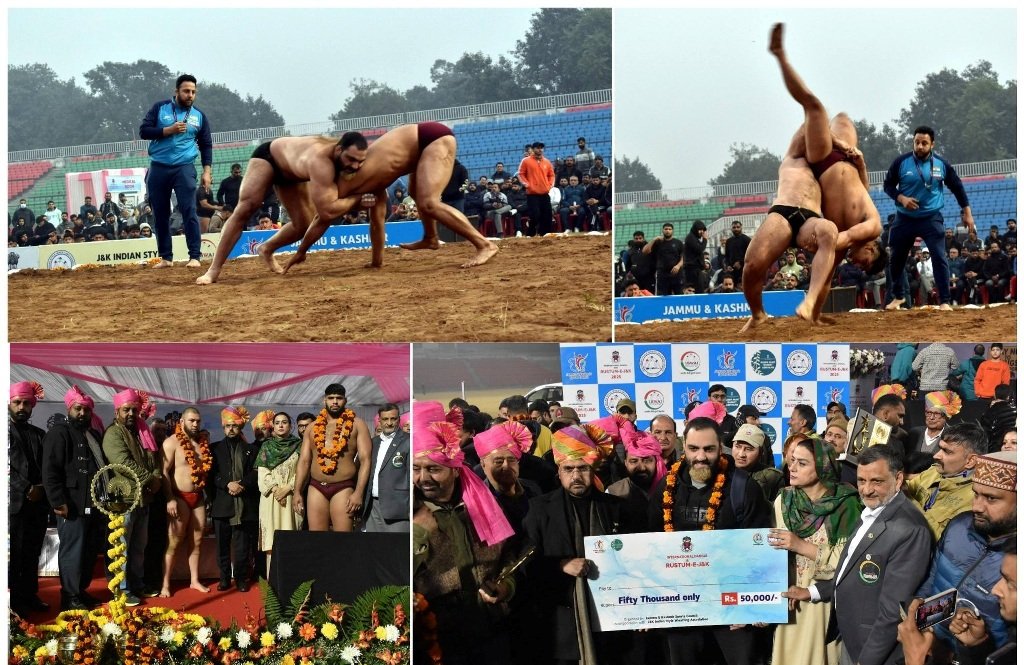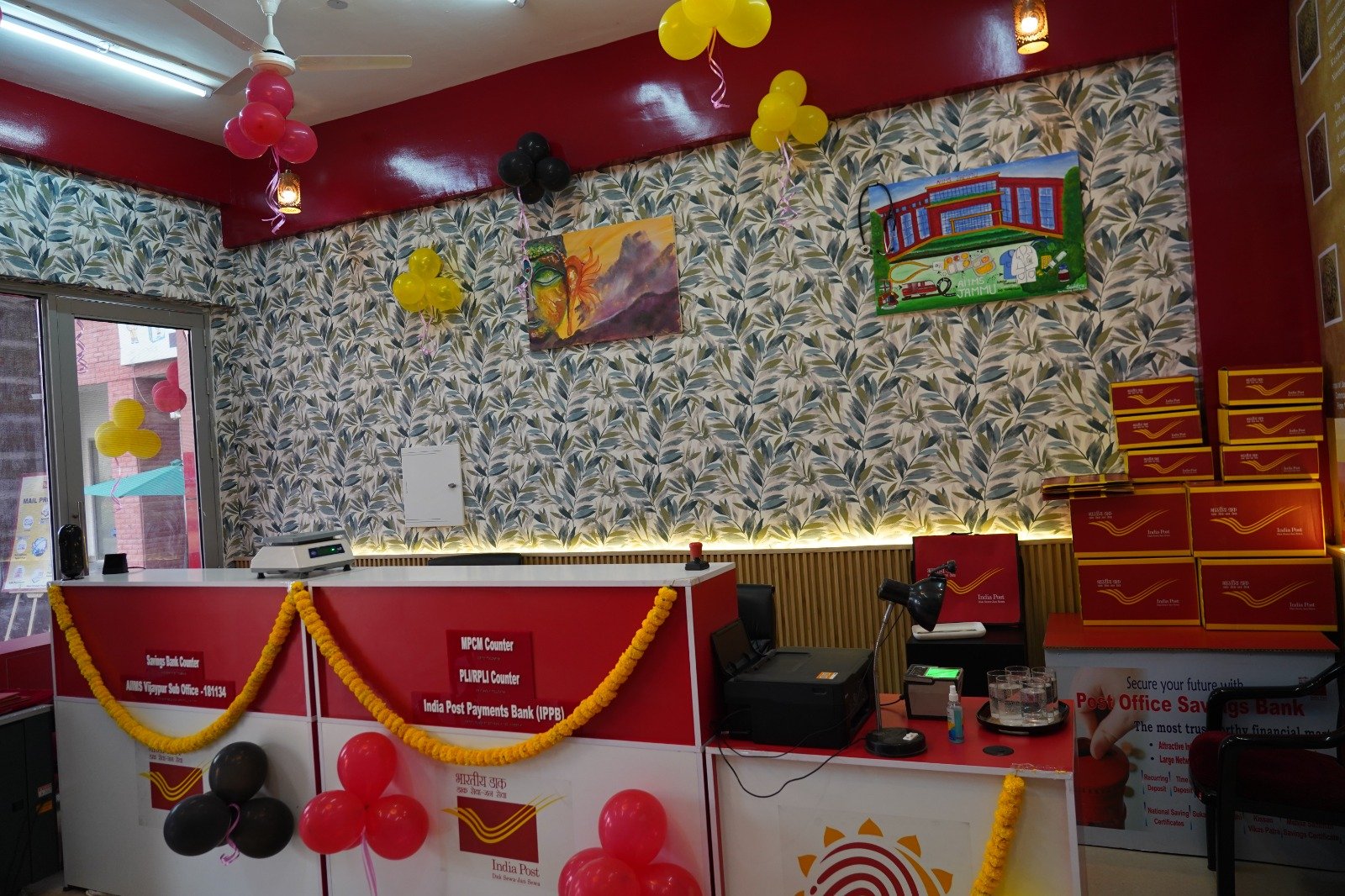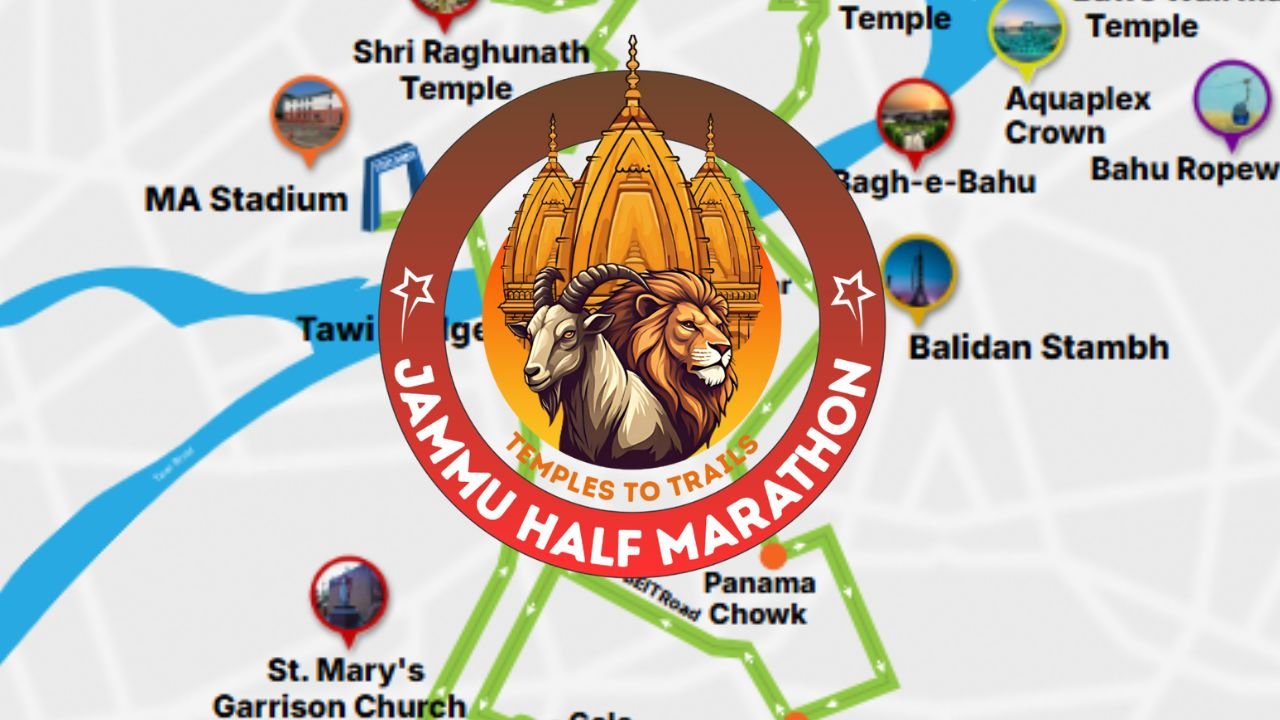In a significant administrative decision, the Jammu and Kashmir Government has officially revived the historic Darbar Move — a centuries-old practice that marks the bi-annual shifting of the Civil Secretariat and key offices between Srinagar and Jammu. After being suspended for over four years, the Darbar Move in J&K 2024–25 is set to return, restoring one of the region’s oldest governance traditions.
What is Darbar Move in Jammu and Kashmir?
The Darbar Move refers to the bi-annual migration of government offices between Jammu and Srinagar. From May to October, the administration functions from Srinagar, the summer capital, and from November to April, it shifts to Jammu, the winter capital. This unique practice began in 1872 during the Dogra rule under Maharaja Ranbir Singh. The aim was to escape the extreme weather conditions in both regions and ensure smooth governance throughout the year.
Over the decades, the Darbar Move evolved into more than just a logistical tradition — it became a symbol of unity, coexistence, and balance between the two regions of the Union Territory.
Darbar Move Order 2025: Government’s Official Announcement
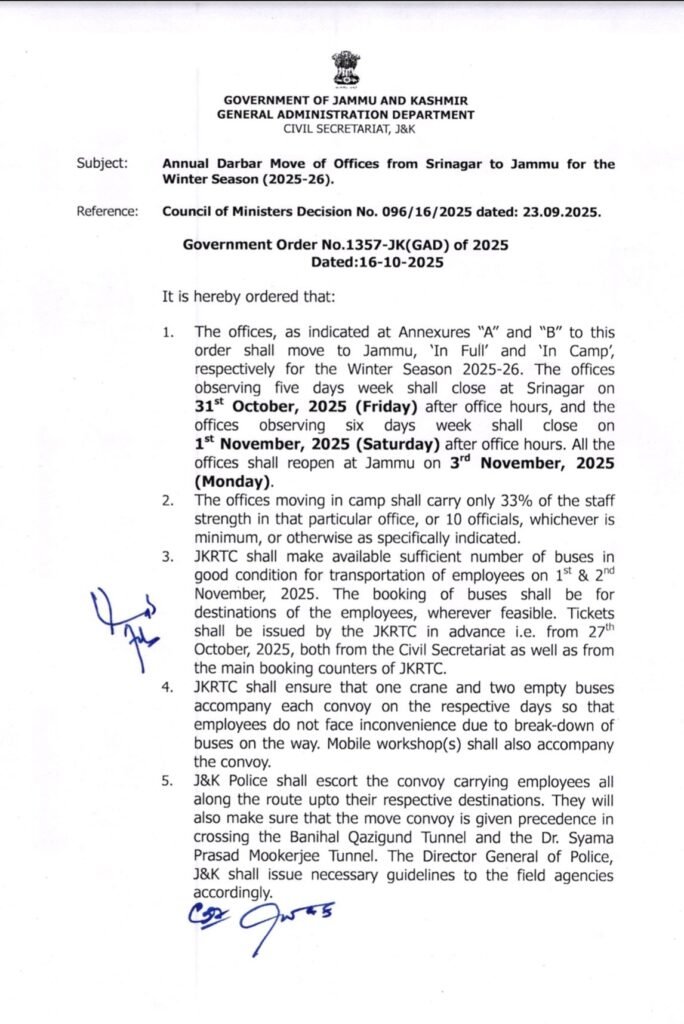
Chief Minister Omar Abdullah announced the restoration of the Darbar Move, confirming that the Civil Secretariat in Srinagar will close on October 31 and November 1, 2025, and reopen in Jammu on November 3, 2025.
“We had promised to restore the Darbar Move. The Cabinet has approved it, and the Lieutenant Governor has given his consent. Today, I have signed the order,” said the Chief Minister.
Following the announcement, the J&K General Administration Department issued an official notification confirming the movement of all government offices, including the Chief Minister’s office, to Jammu for the winter session.
Impact of the Darbar Move Revival on Jammu’s Economy
The stopping of the Darbar Move in 2021 had severely affected Jammu’s economy. Local traders, hoteliers, and transporters experienced a sharp decline in income, as the bi-annual move traditionally brought business and activity to the region.
The Jammu Chamber of Commerce and Industry had repeatedly urged the government to reinstate the tradition. In 2022, the Chamber even launched a campaign and organized a complete shutdown to demand the restoration of the Darbar Move.
Trade leaders hailed the latest government decision, emphasizing that the move not only supports economic activity but also strengthens social harmony between Jammu and Kashmir.
“Ending this tradition had badly hurt Jammu’s economy. Its revival is a welcome step,” said one trade representative.
Historical Significance of the Darbar Move
Introduced under Maharaja Ranbir Singh, the Darbar Move symbolized administrative balance and inclusivity in a geographically diverse region. Despite occasional debates over its financial burden, the practice was seen as a link between the two capitals, promoting integration and mutual respect.
Even critics of the move acknowledge its historical and cultural value. Over time, the tradition became deeply embedded in the administrative identity of Jammu and Kashmir, representing not only governance but also heritage and continuity.
Costs and Controversies Surrounding the Darbar Move
The move involves shifting thousands of employees and records twice a year, which costs the government nearly ₹5 crore annually. Each employee receives a move travel allowance of around ₹15,000 per shift, and approximately eight weeks are lost annually due to transit and setup delays.
In 2021, the then administration suspended the practice, citing high costs and the introduction of e-office systems, arguing that digital governance made physical relocation unnecessary. However, public sentiment and regional considerations have now led to its revival.
The revival of the Darbar Move marks a return to tradition and a reaffirmation of Jammu and Kashmir’s historical administrative identity. Beyond its economic and logistical implications, the move represents continuity, cultural unity, and governance inclusivity between the two regions.
As the Civil Secretariat gears up to reopen in Jammu this November, the Darbar Move once again stands as a living reminder of the region’s rich heritage and enduring spirit of coexistence.



